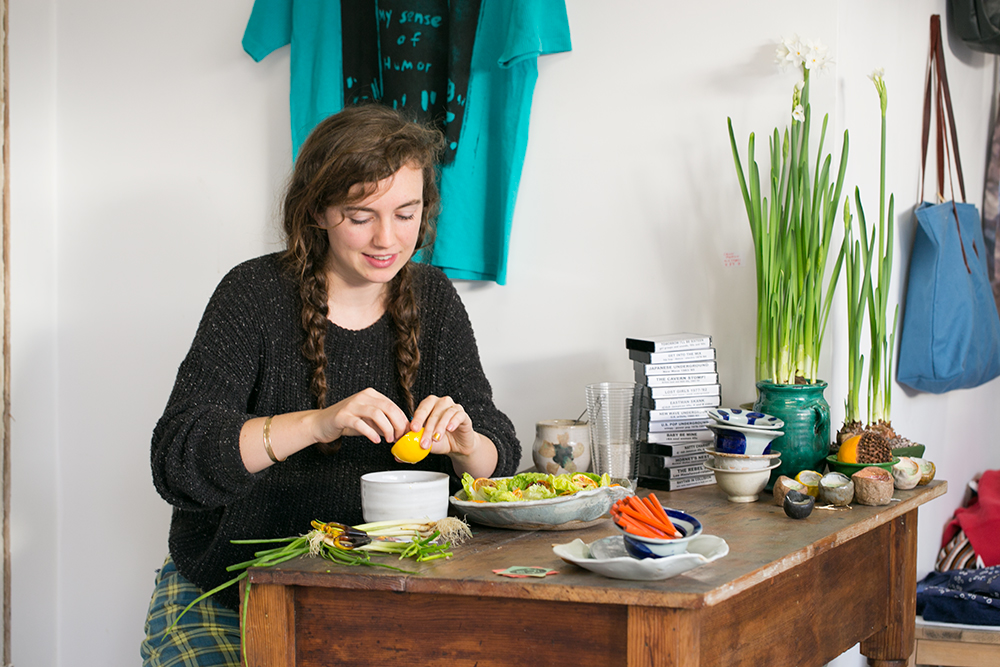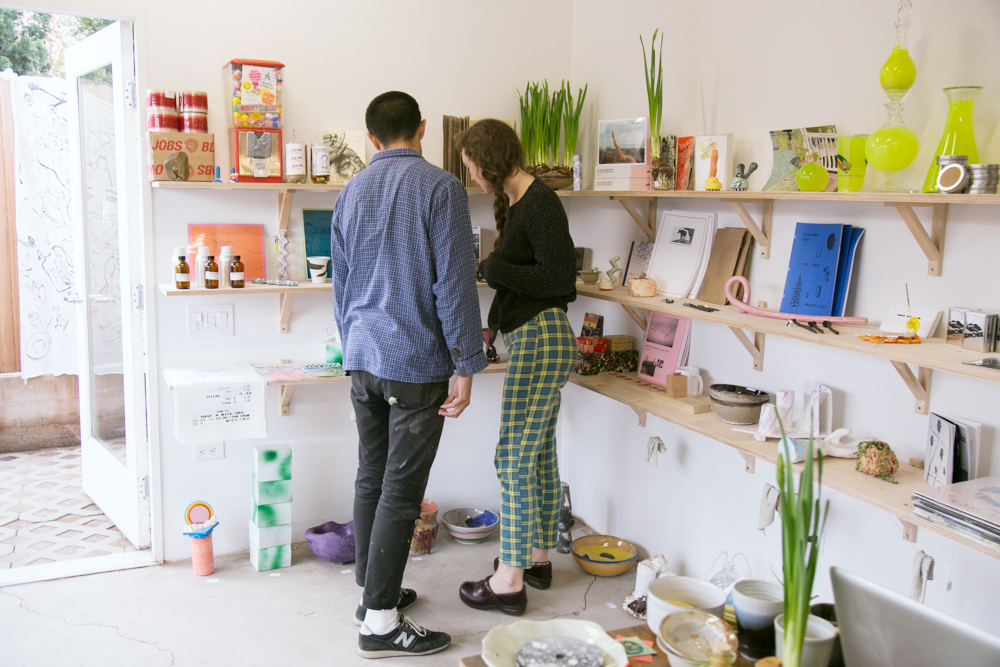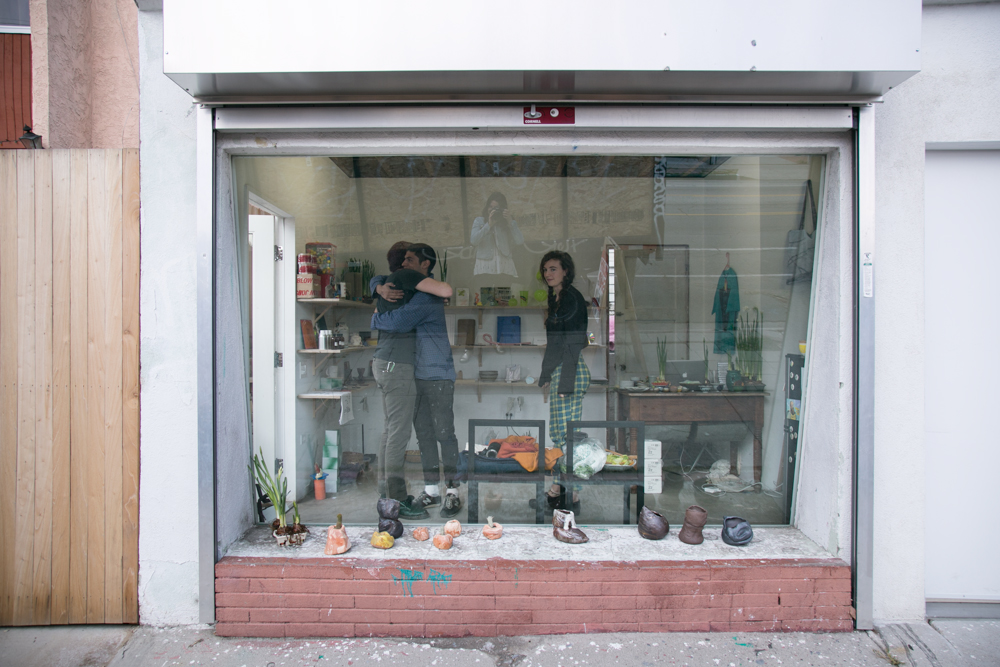Little Gem Lettuce, Pink Peppercorn Candied Meyer Lemon and Tangerine
Lydia Glenn-Murray’s Candied Citrus Salad
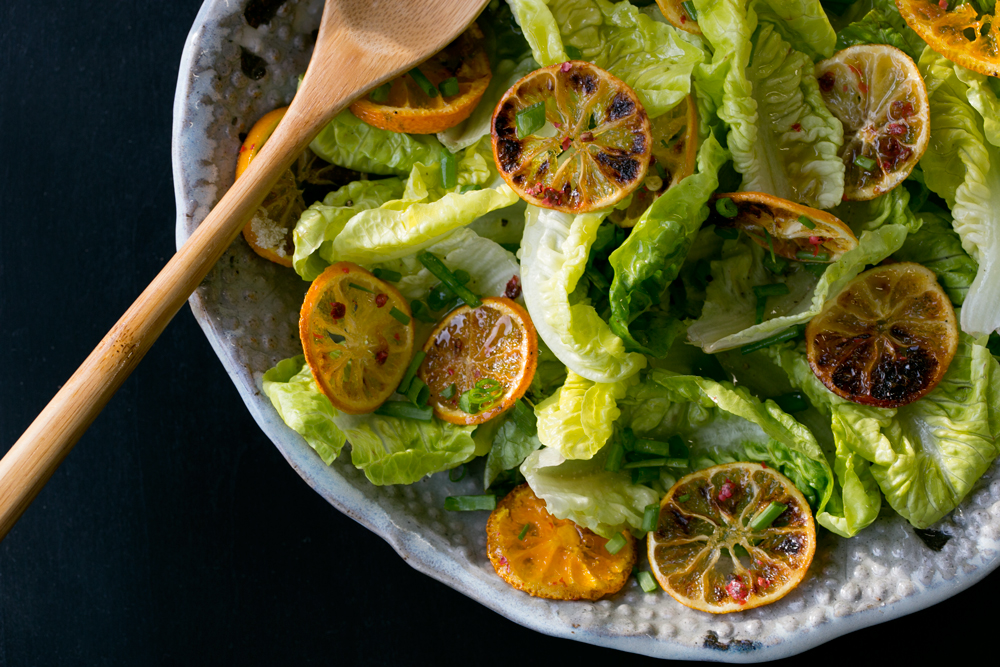
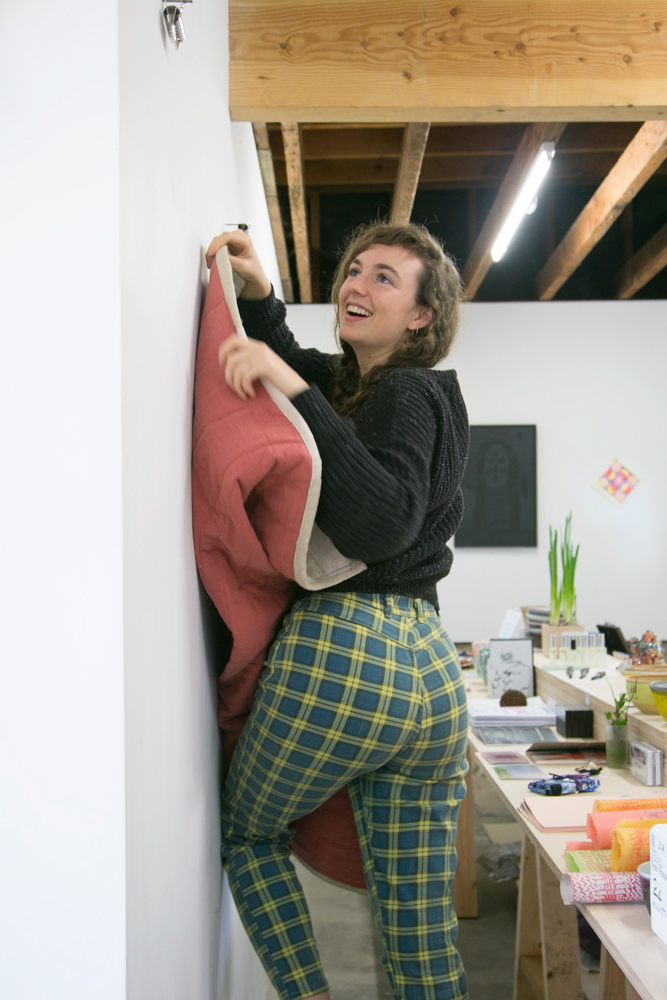


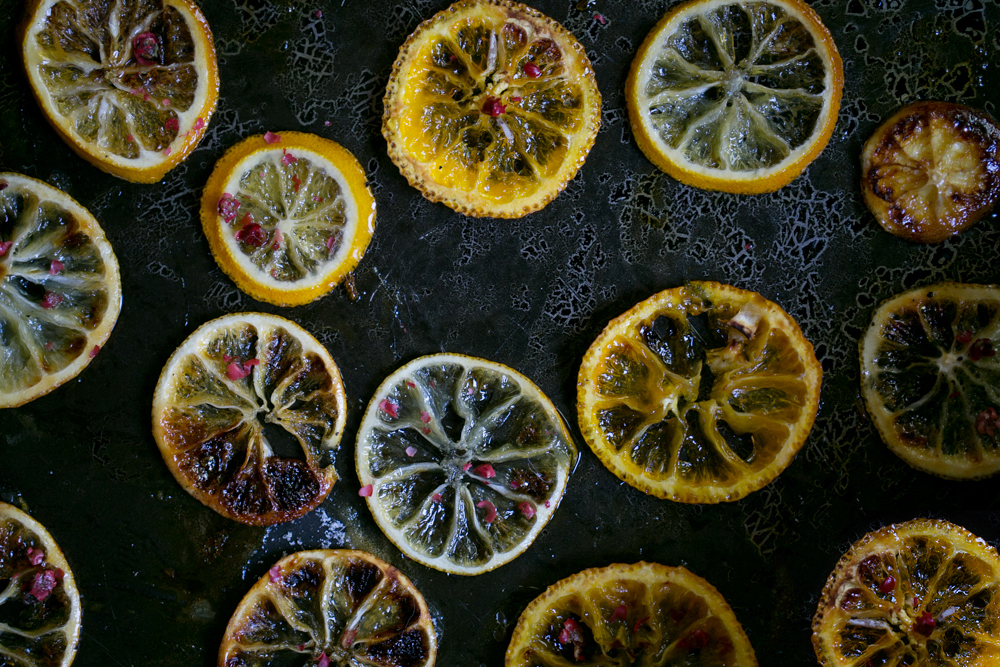
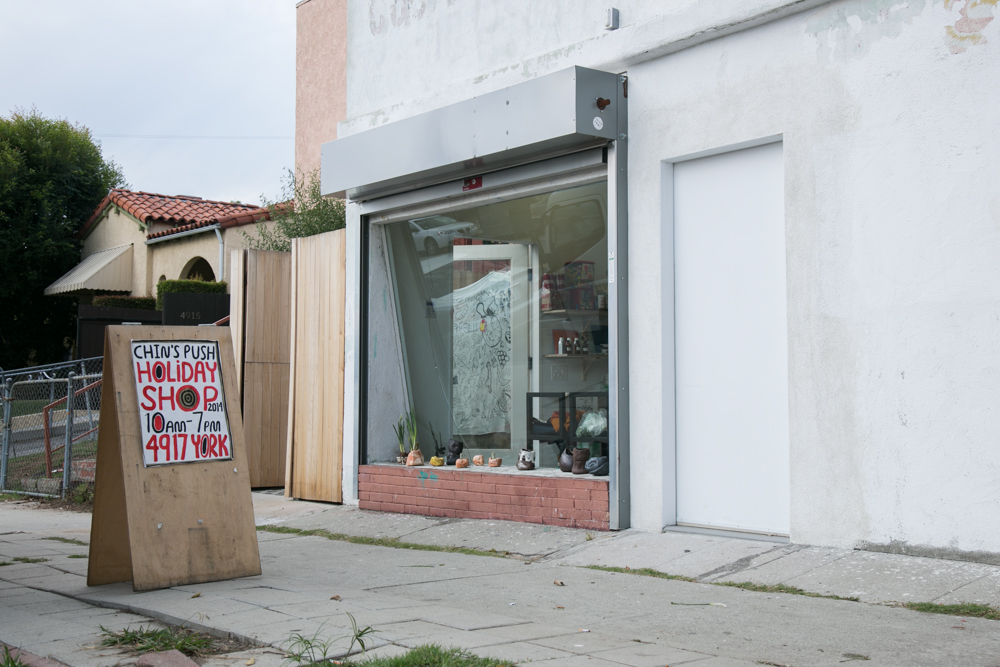
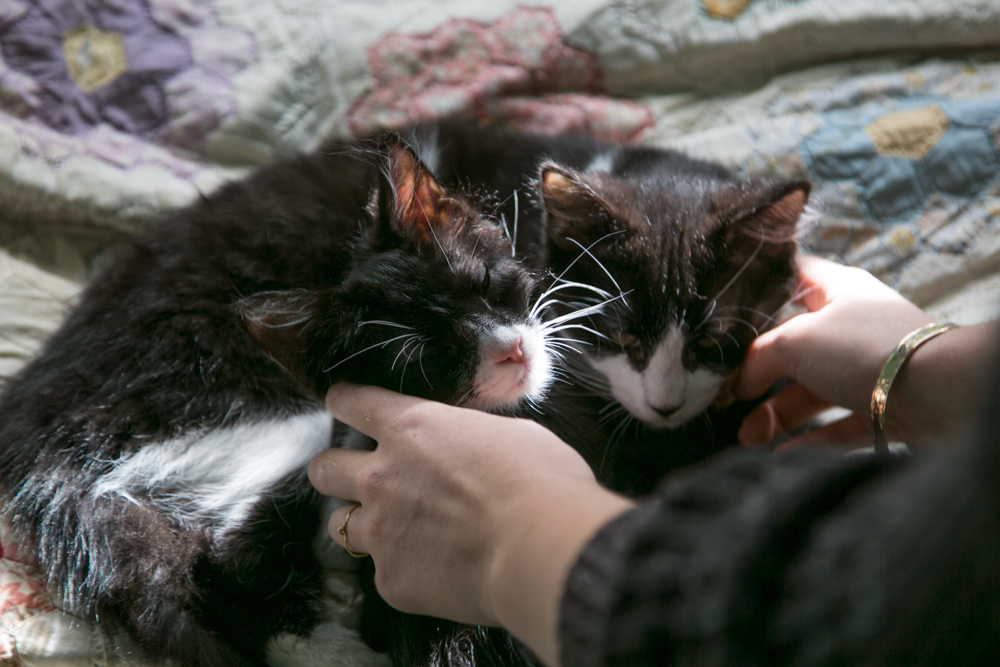
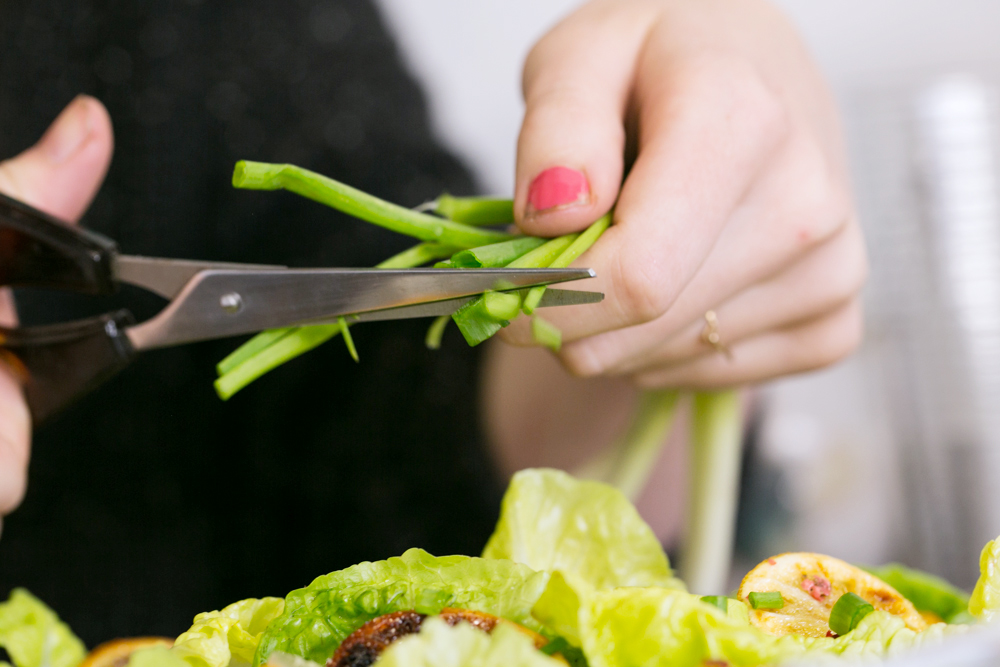
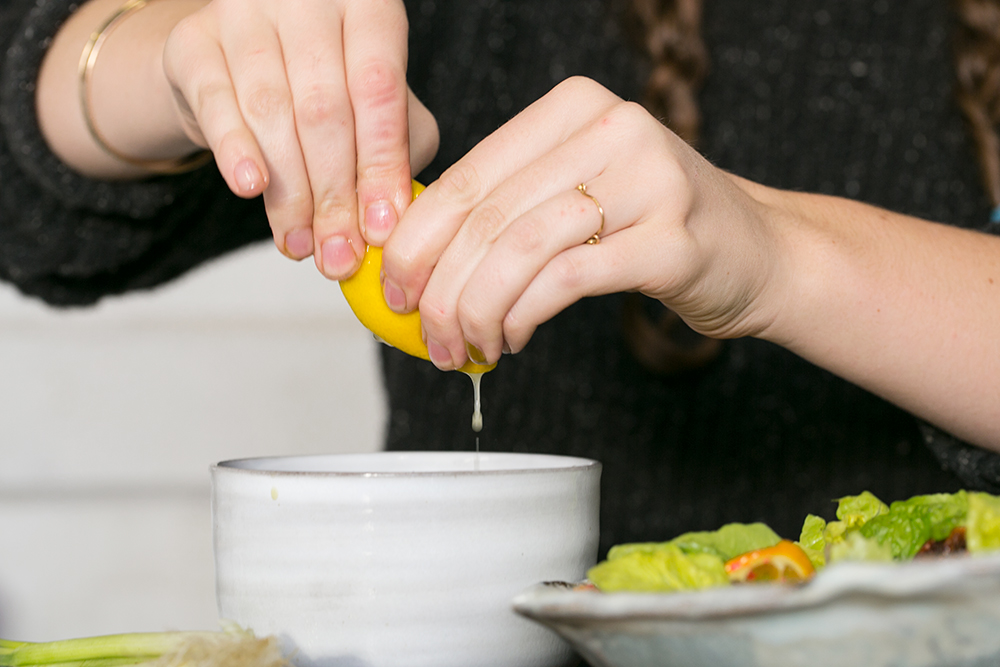
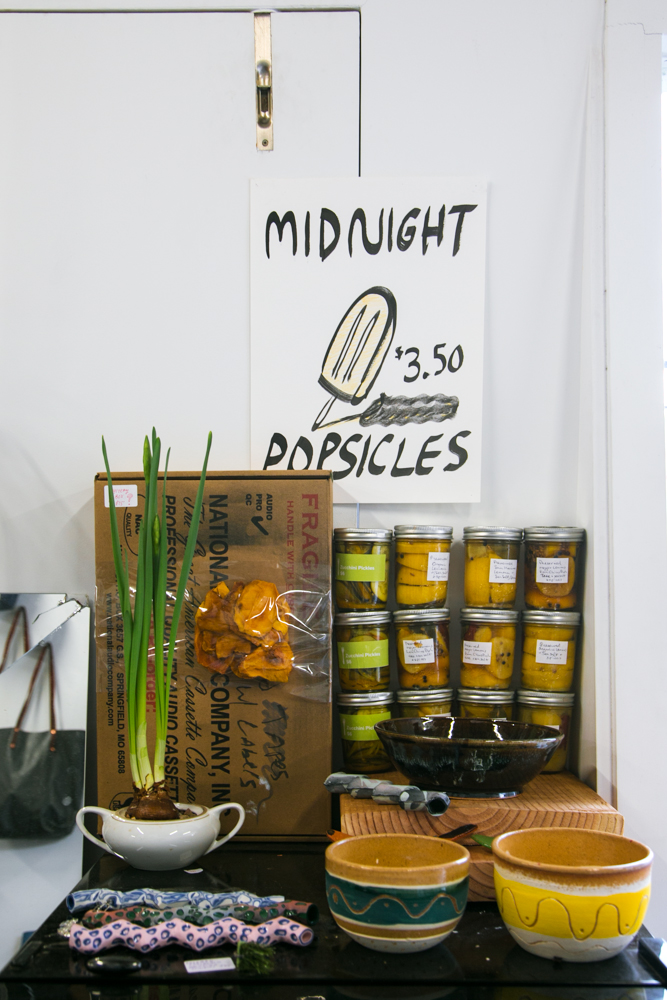
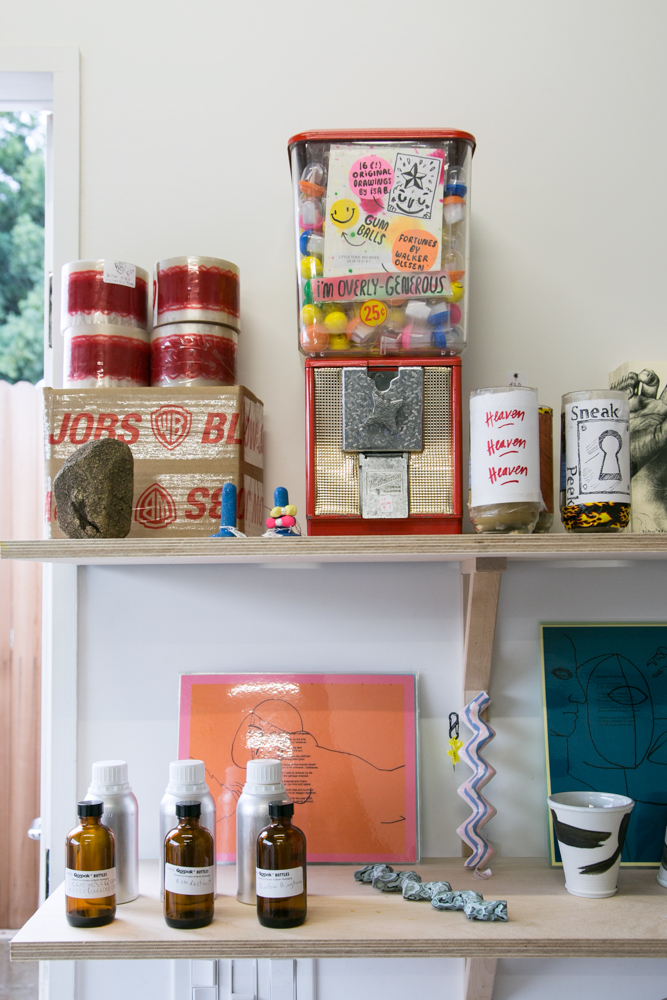
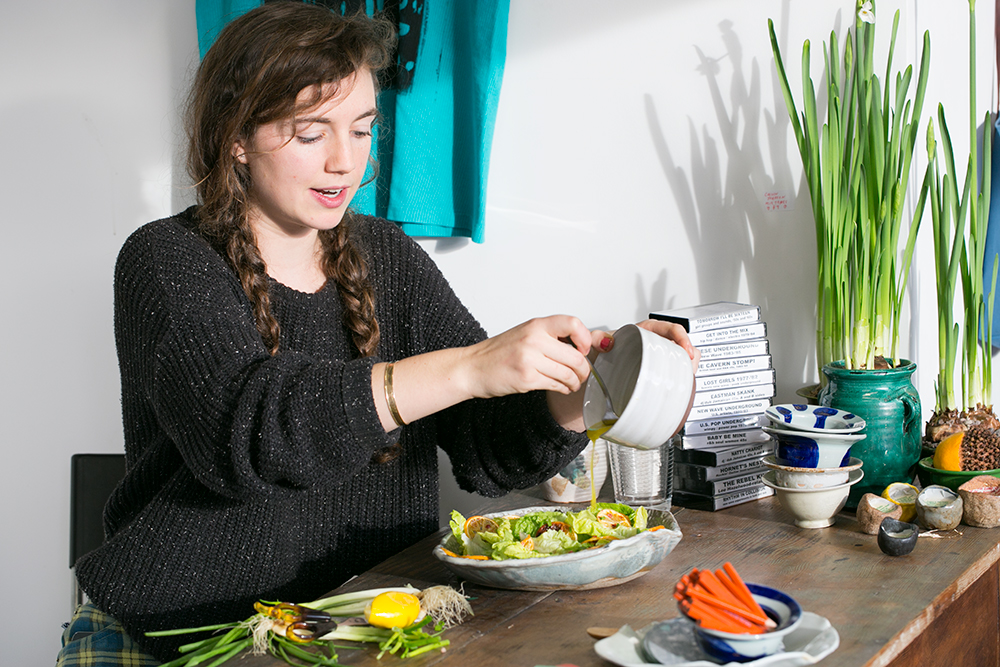
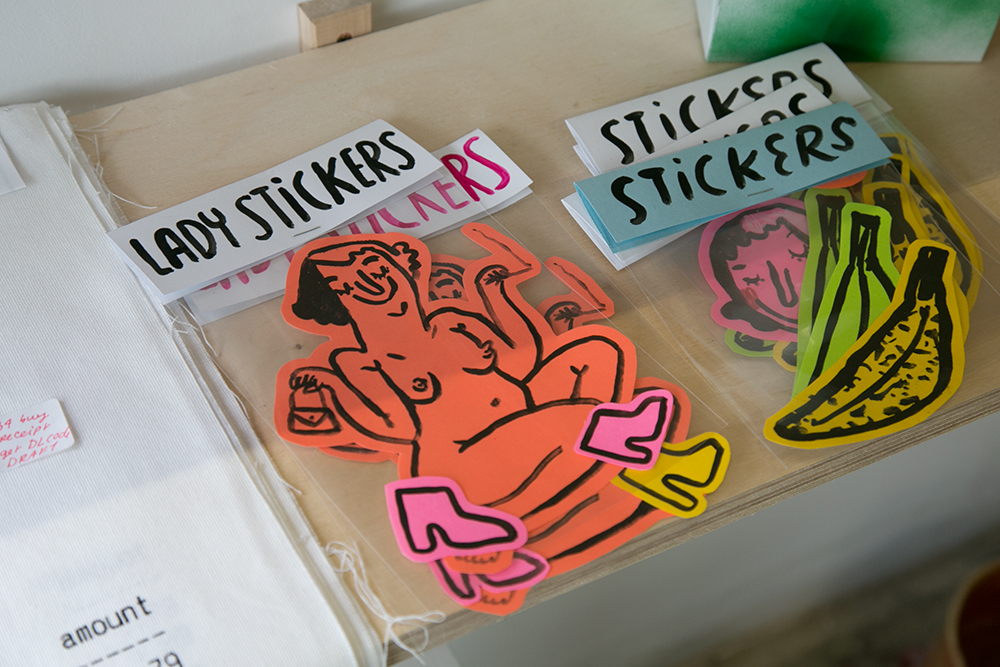
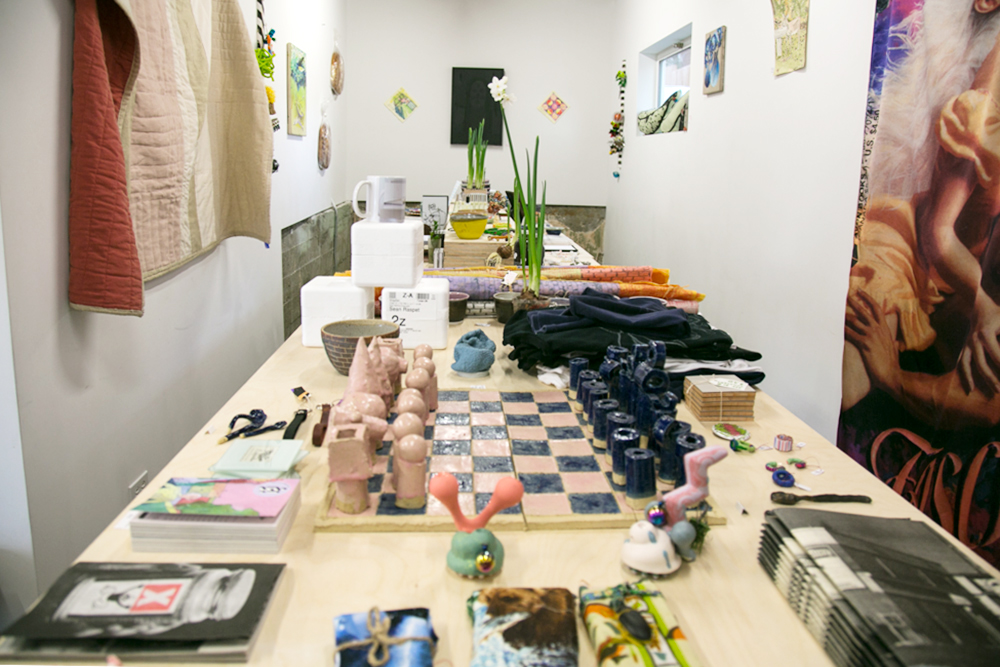
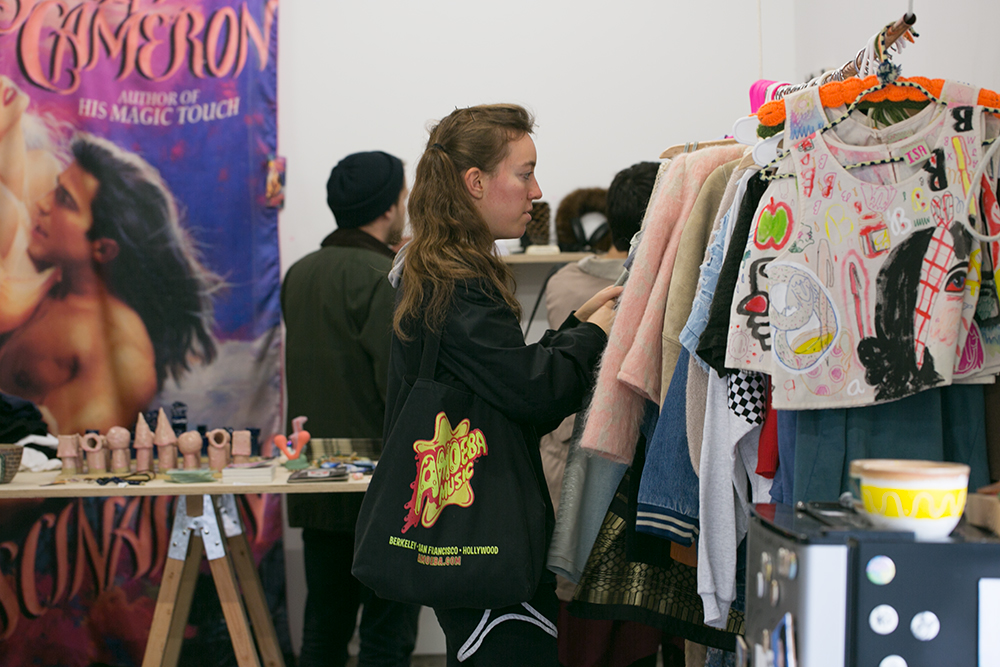
POSTED UNDER
- Citrus,
- los angeles,
- winter salad
INGREDIENTS
- chives,
- citrus,
- gem lettuce,
- meyer lemon,
- pink peppercorn,
- tangerine
NOTES
These citrus slices add intrigue to a simple green salad. If you can find meyer lemons, just use another regular lemon for the dressing, and only candy your tangerines. If you have a blowtorch, use that to caramelize the sugar instead of the broiler.
RECIPE
DIFFICULTY
MODERATE
SERVES
4
PREP TIME
15 MINS
Salad
-
3headsbaby little gem lettuce
-
1meyer lemon, sliced paper thin
-
2tangerines, sliced paper thin
-
1tbswhite sugar
-
1tsppink peppercorn
-
1tbschives
Dressing
-
1/2meyer lemonjuiced
-
1tspraw honey
-
3-4tbsolive oil
-
salt and pepper to taste
POSTED UNDER
- Citrus,
- los angeles,
- winter salad
INGREDIENTS
- chives,
- citrus,
- gem lettuce,
- meyer lemon,
- pink peppercorn,
- tangerine
Los Angeles based Lydia Gelnn-Murray is particularly chill for someone with three jobs — she is a Gallery Assistant at Night Gallery (artist run space turned commercial gallery in L.A.’s Arts’ District), she is the Manager of art book shop Family Store*, and in her free time, she runs her own independent art space called Chin’s Push In Highland Park. The gallery is attached to her house, but during exhibitions and openings, the entire property is often put to use. Many moons ago when we lived in this same neighborhood, my husband and I ran a space with a very similar vibe called Workspace. It was there that I formed some of my fondest memories within the art community. Similar to Lydia, I offered up a portion of my space for others to have shows, host screenings, lectures and performances. We had no overhead, and the agenda was refreshingly open-ended. At the time, there were very few like-minded projects on the East Side of town, and young artists really craved a some place to convene, where they could freely experiment with their work in a low-stakes, not-for-profit context. Returning to that part of town six years later, it’s heartening to see that the tradition lives on, and that artists are showing one another’s work and inspiring a dialogue entirely independent of the market. The work being made in these spaces is taken seriously, and most importantly, the energy and activity that goes into them encourages artists to facilitate one another’s work, to collaborate, and to take pride in building a community.
Lydia and I made a salad at Chin’s Push, while visitors streamed in to buy a objects made by artists, neighbors, family members and their children. There was hand-printed wrapping paper, tinctures, mixtapes, a ceramic chess set, a slew of zines and handmade clothes. This was Lydia’s holiday store, and it was an utter success (you can buy some of the objects online as well). I flatter myself to draw a comparison between Workspace and Chin’s Push; the truth is, we never had this much foot traffic on a Monday afternoon. This is L.A. after all!
* Full disclosure: my husband is part owner of Family Store.
JS: What inspired you to start Chin’s Push?
LGM: I was constantly being warned about “The Art World” at school, and maybe I was kind of building my own boat to sail on? I’ve never thought about it that way before… but the analogy suddenly seems apt. I really had no idea what I was getting myself into.
I just found this spot in Highland Park during the summer between my last two years of school. The space is made up a commercial store front, a pretty rundown house, a garage cum studio, a trailer, a big concrete pad of a back yard, and a little garden area complete with a raised bed and tangerine, Meyer lemon and guava trees. I fixed up the front to create a whitewall gallery space (preserving its quirks at the same time), but things happen all around the property.
JS: Is Chin’s Push the first space you have run?
LGM: My roommate Lucy Blagg and I dubbed our college apartment, “Babe Pad” and we had events every Monday night at 8pm. I didn’t think of it as “a space” back then; I just really liked having a regular meeting time and place. We did a talent show, a seance, a comic book workshop, a harvest festival, a reading, a charitable bake-off, a figure drawing session – it was playful, but we took it seriously enough that something new came together every week, word spread, and there was a sense of growing community around the space. It was a really wonderful experience.
JS: Where does the name come from?
LGM: The doorbell! That label was just there when we moved in.
JS: Would you say there is a movement in L.A. to create a community around independent spaces? You work for a gallery that is an artist-run-space-cum-commercial gallery, do you have the same aspiration?
LGM: I definitely think that there is a lot of energy around independent spaces in Los Angeles. There are sooo many, and new spots are popping up all the time. I get a real sense of bounty and opportunity here.
I don’t have plans for the space to develop into a commercial gallery. I have clear intentions for the space, not goals, if that makes sense?
JS: Do you consider yourself an artist or a curator first, or, does that not matter?
LGM: I guess I feel kind of uncomfortable with all the titles like “artist,” “curator,” “gallery,” “alternative space,” etc. etc. I’m fine with whatever people want to call what I’m doing, and I think about this stuff a lot, but I try to keep my options open, not to pin things down. Maybe I’m just too new to all this and I’ll have a better answer for this later. Or maybe I won’t!
JS: What is your curatorial approach?
LGM: It’s like this story about “stone soup” that I remember from my childhood. Some folks come into town looking for a bite to eat. They invite people over to share a big pot of “stone soup.” They tell their guests to bring something to throw into the pot. They put a water on to boil and throw a stone in the bottom. Someone brings a carrot, someone else some onion, the next a bunch of celery, and so on. Suddenly they’ve got a delicious soup, and a lovely dinner party to boot. Is that a cheesy comparison to make? But it sort of feels like how this all continues to come together. Maybe it could be a salad…Stone Salad!
JS: How did you curate the holiday shop? Did you buy anything from the store for yourself?
LGM: I tried to make it open and inclusive. I asked friends, family, people making things all over the place, and then some people approached me with items to sell, and I did. IWe had more than 135 contributors! It was really exciting to me to have “works of art,” next to something made by my mom, or a friend’s kid. It was an opportunity to level the playing field. But at the same time it really was all great stuff that I was proud to carry! And yes, definitely hung onto some things myself in the end…
JS: What have been the biggest challenges to starting your own gallery?
LGM: The biggest challenges for me are financial and emotional: The practical issue of how to keep the doors open without asking for handouts or compromising programming, the eternal issues of figuring out what I want to do and actually doing it, keeping it fun, being brave, and not putting too much pressure on myself.
JS: Judging by the amount of friends who dropped in during our salad session, I would say you are doing a good job.
